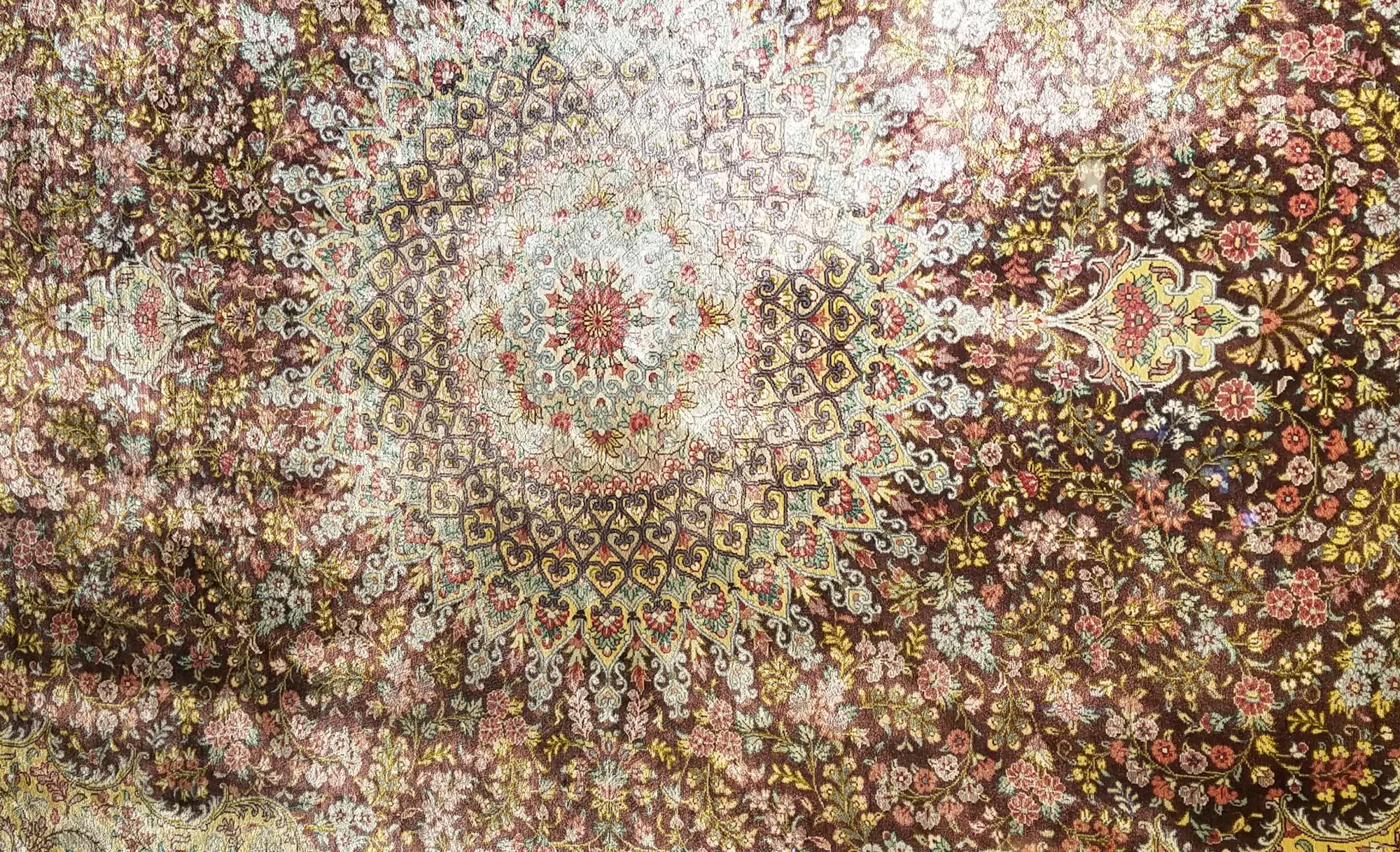I was taught as a bio major that certain grazers feeding on plants stimulate them to grow more.
I never suspected that it could extend into the insect family!!
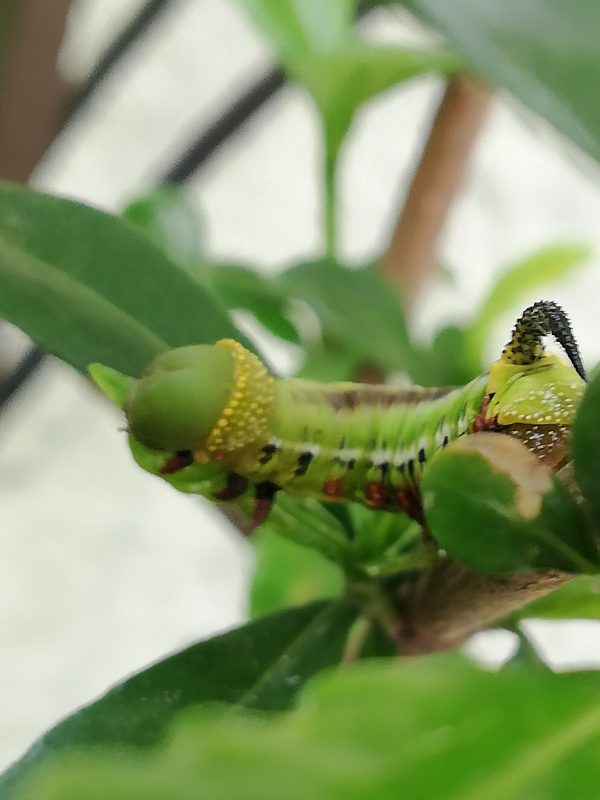
For several years, I have been growing two gardenias. They are native to Japan, but due to my lack of fertilization, perhaps, they have been scraggly since sprouting about four years ago.
This year I found a cute little caterpillar near my plants. And another one. I tried to see which ones they would eat by putting them on different plants, because, you see, caterpillars turn into beautiful flying creatures that pollinate our flowers and fruits. So I didn’t want them to die. I found that they liked my gardenias, and knowing it was early spring and they would grow their few leaves back, I put the little guys to graze on them. They chose only the tenderest sprouting greens, and we’re quite picky… They turned out to be SuzumeGa (Hawk Moth, or Sphyngidae, Larvae), who eat pretty much only gardenias. They are lovely, huge moths with a shape like an arrow that hover while sipping nectar from flower to flower. I hope they survived because I haven’t seen many gardenias around here.
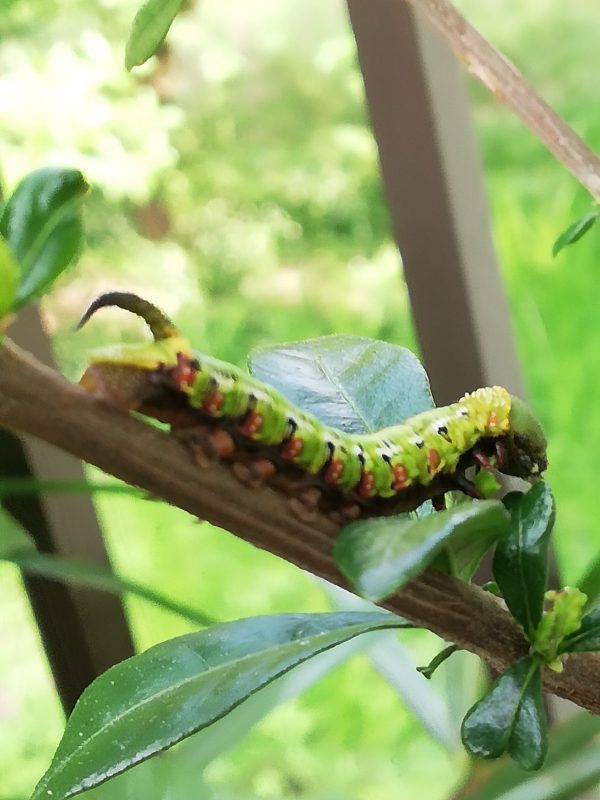
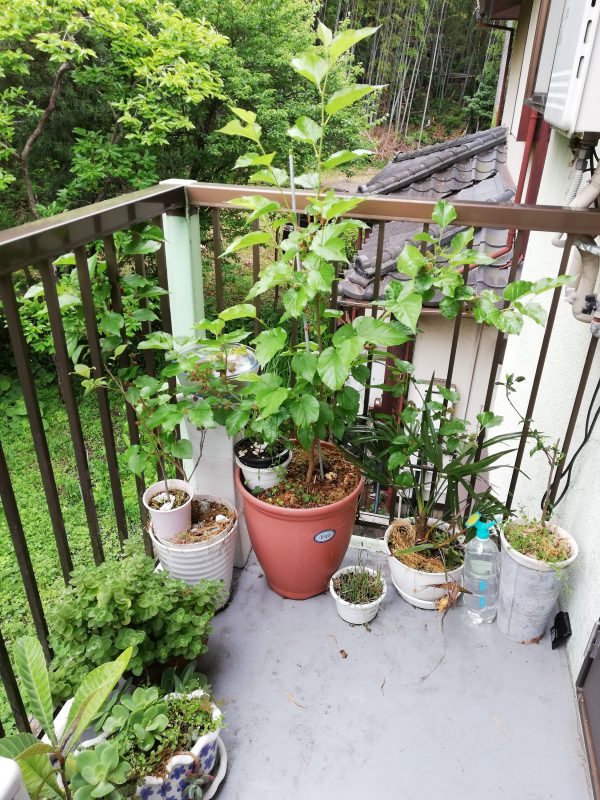
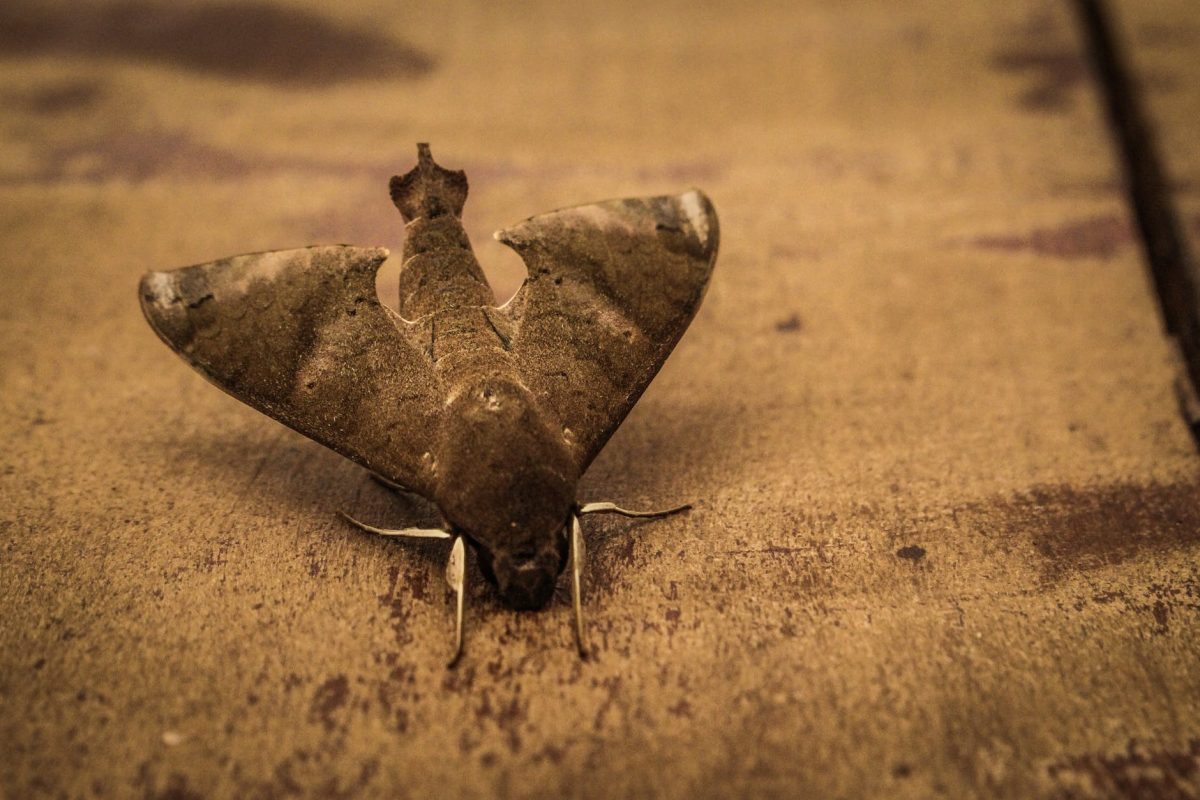
Gardenias, by the way, come in two types. The horticultural variety, with many petals, and the native to Japan, with only five. That being said, the one with only five petals, also called Kuchinashi (meaning “No Mouth”) produces an orange, almost flavorless fruit. This fruit is used as a natural coloring agent, and rather than using carcinogenic Yellow Five, the Japanese use Kuchinashi to color everything edible from candy to everyday packaged foods.
Where did the petals go? Rather, where did the seeds go… The seeds were turned into petals over time, as in many flowers, by gardeners who wanted more elaborate flowers. And the seeds disappeared, meaning that all of those plants have to be propagated vegetatively by cuttings, and cannot have their own babies. They can flower but not fruit. So of we plant them rather than the ones that can seed, they can never make their own… Well, that’s another story for another time.
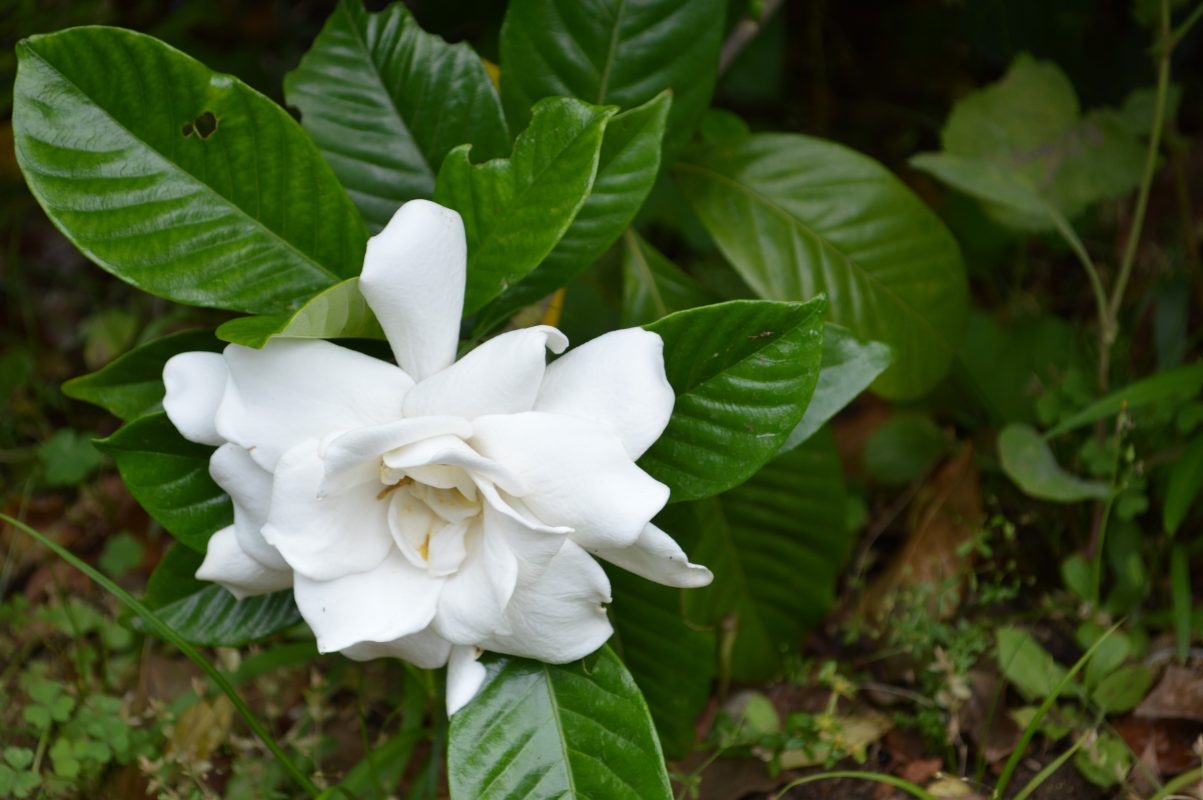
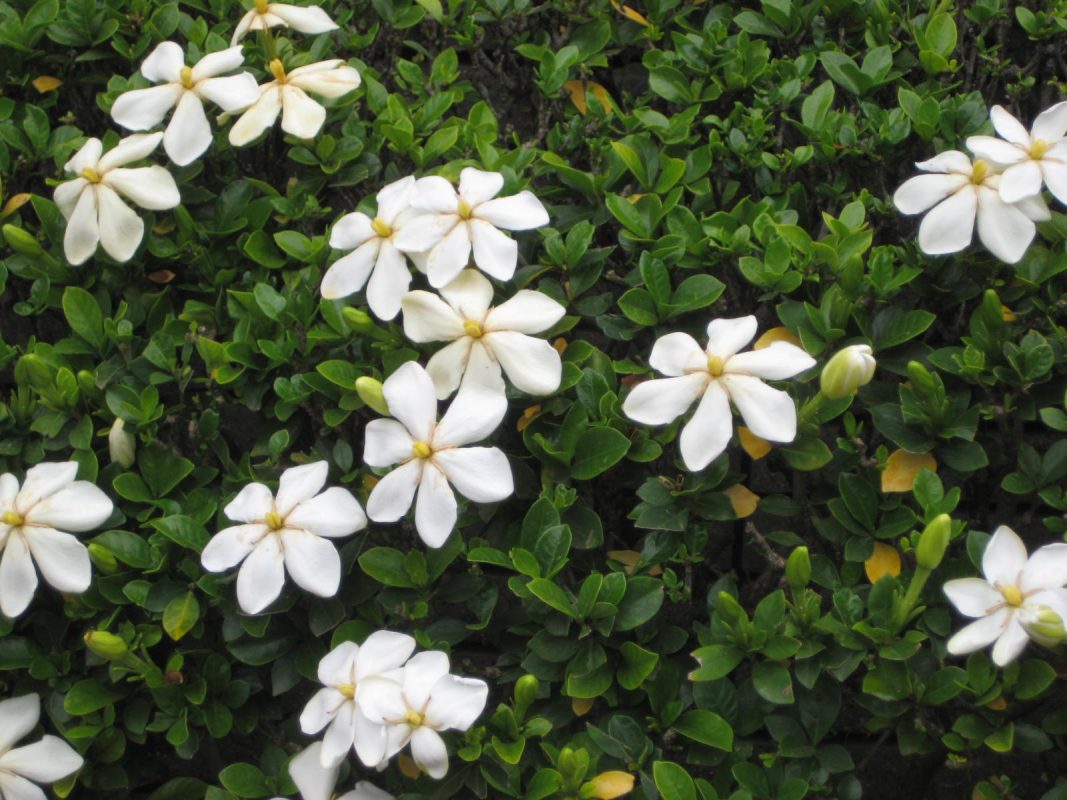
Anyway, lo and behold two months later, the places that were chomped on my Kuchinashis by those colorful babies are now full of leaves!! The moths, I believe, stimulated the leaves to produce more in response. Maybe it is similar to the technique that is being studied for stimulating crop production (see one of my earlier posts); bumblebees bite leaves to stimulate flowering earlier than normal. Anyway, food for thought. Don’t let your friends kill the caterpillars! Especially the cool-looking ones!!
